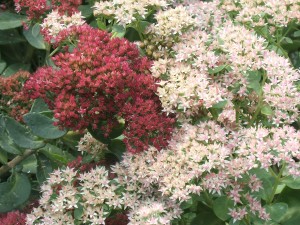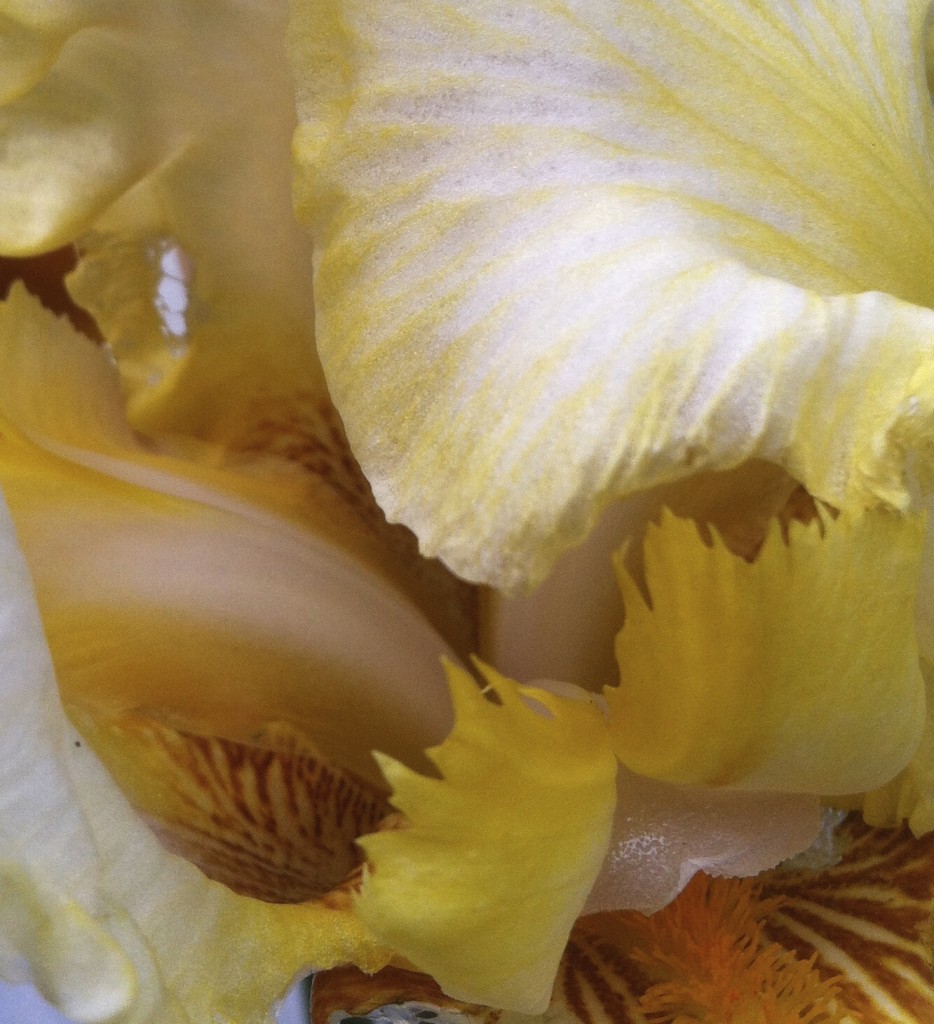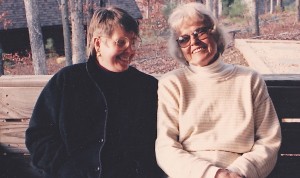 Here we are again, in that beautiful time of year when leaves start to change their colors, nights call for soft blankets, and chilly mornings make me run to the attic to unpack a few cozy sweaters.
Here we are again, in that beautiful time of year when leaves start to change their colors, nights call for soft blankets, and chilly mornings make me run to the attic to unpack a few cozy sweaters.
I LOVE this time of year. Though spring is always magnificent here in Virginia, with it’s colorful blossoms and the promise of new life, summer, usually leaves me exhausted with its busy pace that eventually drains my energy. The best parts of summer for me are those sun warmed tomatoes picked directly from the garden, and sweet, juicy peaches that make my hot weather breakfasts of yogurt, fruit and nuts, especially delicious. Now the peaches are getting scarce and when I can find them they’re mealy in texture. So I’m turning over with the season, moving to warmer breakfast foods like left over soup, bowls of hot cereal, or eggs and bacon.
 My writing muse is fighting with my garden genie, which is calling me to spend more time outside amongst my plants. I’ve dozens of baby hellebores that need to be dug up and moved, lots of weeding, and the roses that have gone wild over the warmer months need pruning. In the summer, working in the garden is an early morning affair, but now cooler temperatures lure me out all day long. Thank goodness both are creative activities.
My writing muse is fighting with my garden genie, which is calling me to spend more time outside amongst my plants. I’ve dozens of baby hellebores that need to be dug up and moved, lots of weeding, and the roses that have gone wild over the warmer months need pruning. In the summer, working in the garden is an early morning affair, but now cooler temperatures lure me out all day long. Thank goodness both are creative activities.
The arrival of autumn encourages me to slow down and get ready for the cold months, when I spend most of my time indoors writing, and reading. When I’m cold, I like nothing better than a long soak in my big tub filled with bubbles and the scent of lavender. Hot steaming cups of tea that include warming herbs and spices, like cardamom, ginger, and cinnamon, sipped in front of a crackling fire also will do the trick. I’m going to bed earlier now, and get up later, with the sun. I’m yearning to cook stews, braises, and soups with root vegetables like parsnips, beets, sweet potatoes, and carrots that warm my soul.
On my morning walks, I notice squirrels stashing acorns away for the winter. Birds are fewer and quieter than they have been. Lilliput, my cat, is playing her seasonal game of in and out, unable to decide if it is more pleasant inside or out in the yard. The dogs walk at a much brisker pace cutting our walk time from about twenty minutes to fifteen. Once the real cold arrives they’ll walk even faster, wanting to come back in the house to warm their small bodies, in five minutes. Lilliput will go out to do her business and perhaps stalk a blue jay, but will be back in a flash if no bird are about.
Change can be hard. As a child I moved with my family from house to house, like a gypsy, as fast as my father could build them and sell them. I had little sense of what home really was. I’m ready to stay put now, especially at this time of year, when my feather comforter and warm wooly socks invite me to curl up on the sofa with a good book.
Do you enjoy the change of seasons? What is your favorite season and why?




